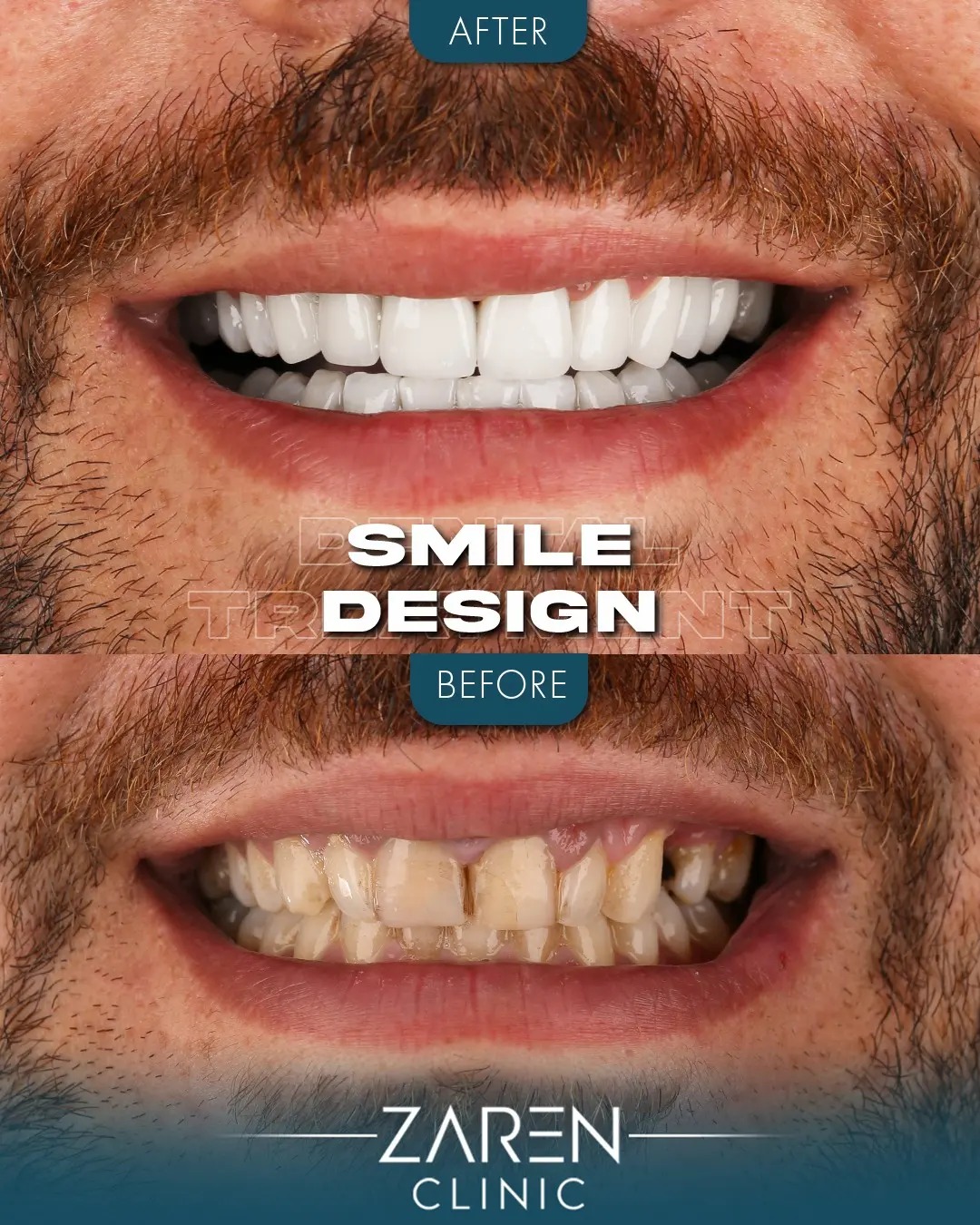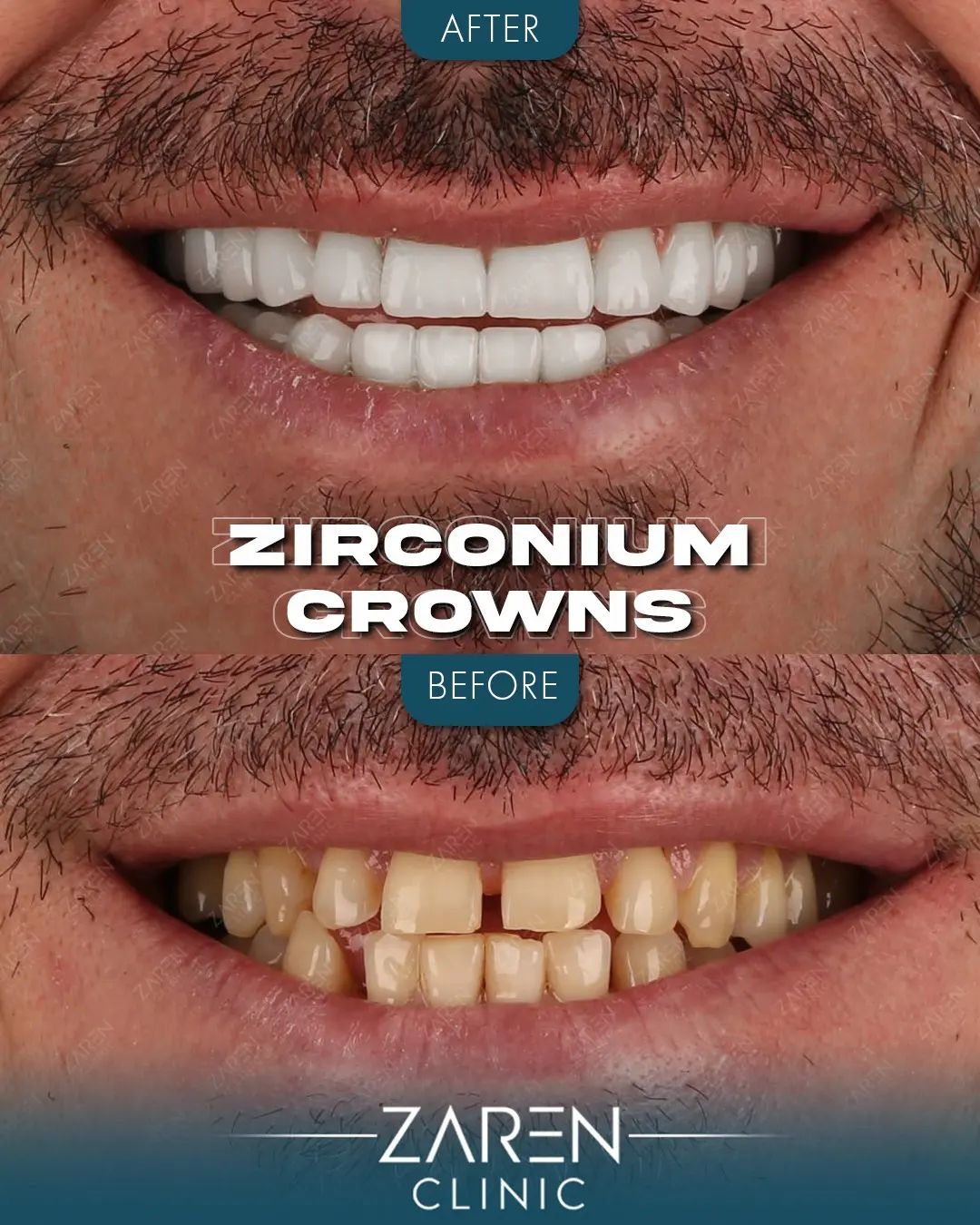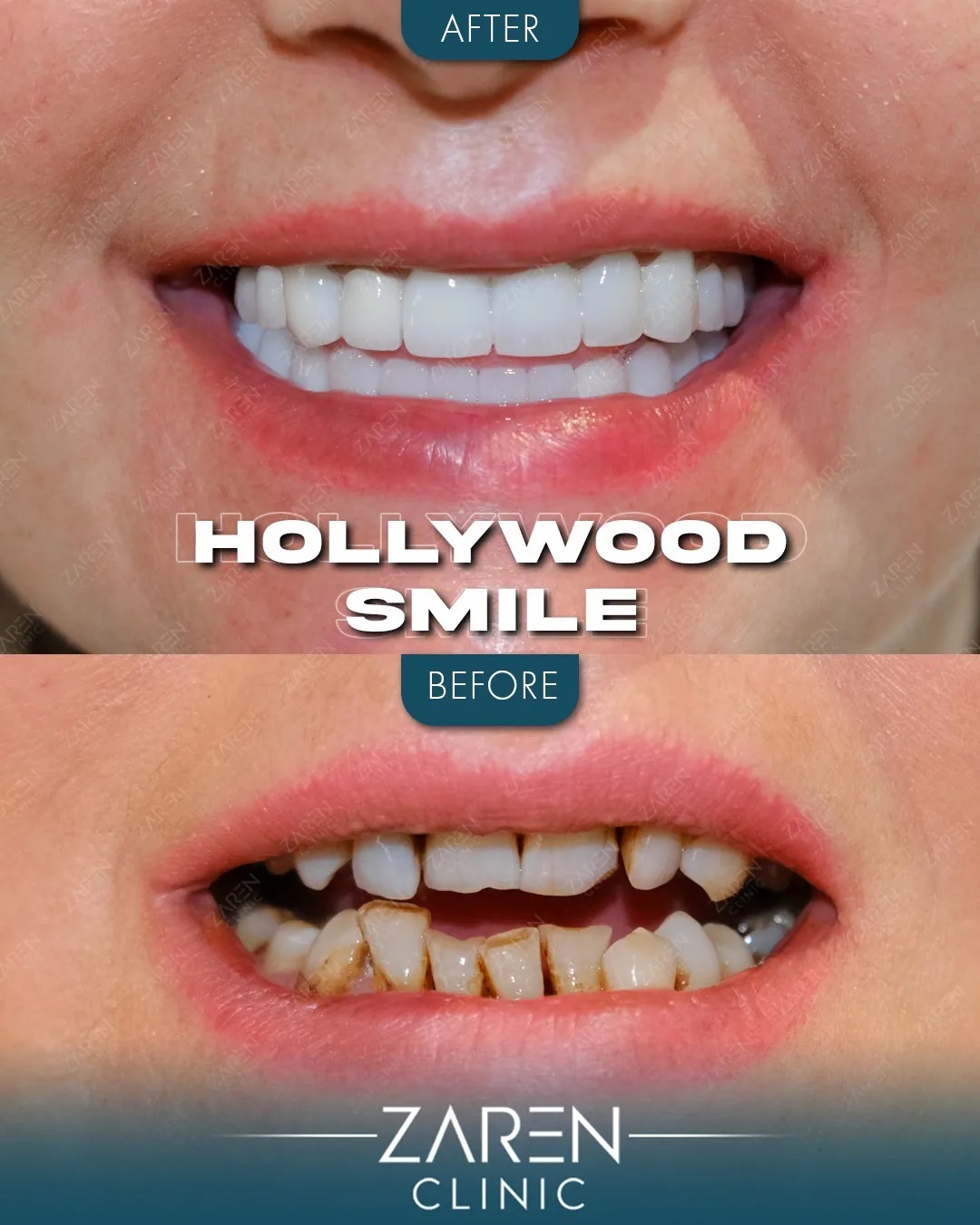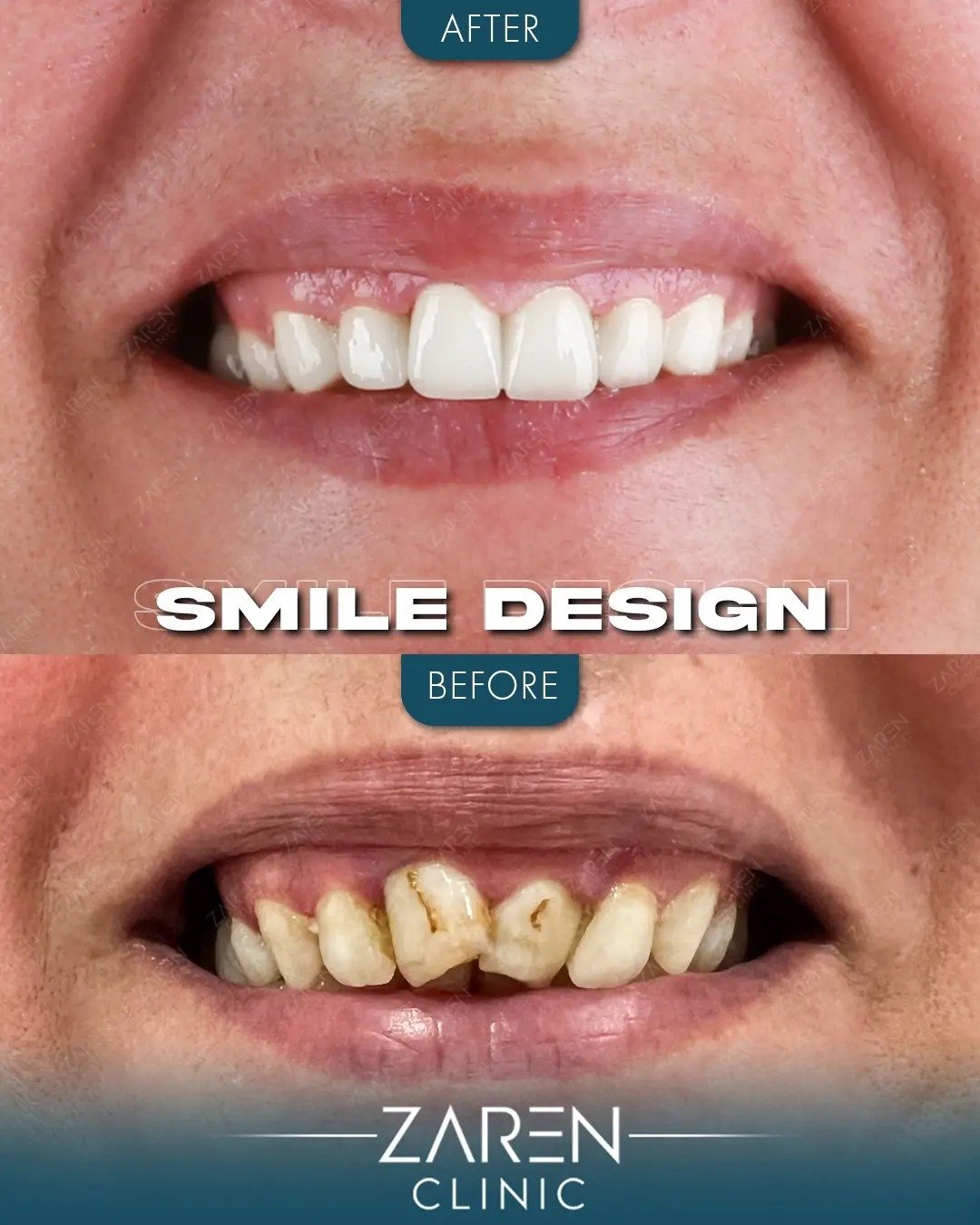Hair transplant after 10 years is a different topic. This topic has gained significant attention, as individuals who have undergone the procedure often wonder about the longevity of their results. A hair transplant is a life-changing experience. Maintaining the appearance of a full head of hair can make a world of difference for one’s self-confidence.
In this blog post, we will explore the reasons behind the time it takes for hair to grow back after a hair transplant. We will also discuss the permanence of the procedure and whether or not a second transplant might be necessary. Let’s see the hair transplant’s permanent and uncover the answers to yours questions. For more information about hair transplant, you can contact Zaren Health.
Why Hair Takes Time to Grow Back After a Hair Transplant?
The hair growth process following a hair transplant procedure is gradual, and it’s essential to have realistic expectations. After the surgery, the transplanted hair follicles enter a resting phase, known as the telogen phase. The telogen phase lasts for several months. During this time, the hair might fall out, but the follicles remain intact and begin to produce new hair shafts.
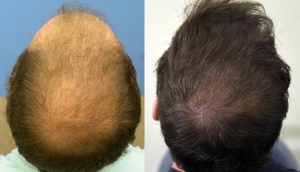
As the hair enters the anagen phase, or growth phase, it starts to grow at a rate of approximately 1 cm per month. It can take up to a year or even 18 months for the full results of the hair transplant to become visible. Patience is crucial during this period, as the hair will grow back gradually and achieve its final appearance over time.
Is A Hair Transplant Permanent?
A hair transplant is a permanent solution for hair loss, as the transplanted hair follicles are resistant to the hormones that cause baldness. However, the surrounding hair may continue to thin and recede, which might create the need for additional treatments or procedures. It is essential to follow the post-operative care instructions provided by your surgeon. Maintain a healthy lifestyle to ensure the longevity of your hair transplant results.
Will I Need A Second Hair Transplant?
The need for a second hair transplant depends on several factors, including the extent of hair loss. The need for a second hair transplant also depends on the donor hair availability and the individual’s expectations.In some cases, individuals who continue to experience hair thinning may require additional procedures to achieve their desired results.
Individuals who have extensive hair loss may also need additional procedures to achieve their desired results. It is vital to discuss your expectations and long-term goals with your surgeon during the initial consultation. This will help you develop a comprehensive treatment plan that addresses your unique needs.
10 Years After Hair Transplant: A Decade of Change
A decade marks a significant milestone in the journey of a hair transplant patient. Ten years after the procedure, most individuals enjoy a stable and mature hair growth pattern. However, the longevity of results can vary based on individual factors like genetics, lifestyle, and maintenance routines. This section will explore typical outcomes and provide insights from medical experts and patient testimonials.
Error: Contact form not found.
Factors Affecting Hair Transplant After 10 Years
The success and duration of a hair transplant are not solely dependent on the procedure itself but are influenced by a myriad of factors. These include:
- Genetic predisposition to hair loss
- Quality and density of donor hair
- Patient’s age and health conditions
- Lifestyle factors, such as diet and smoking
- Post-operative care and maintenance
Understanding these variables is crucial for setting realistic expectations and planning for long-term maintenance.
Long-term Side Effects of Hair Transplants
While hair transplants have a high success rate, they are not without potential long-term side effects. Some of these may include:
- Persistent scarring in the donor area
- Inconsistent hair growth patterns
- Potential for further hair loss in non-transplanted areas
This section will delve into how these side effects manifest and strategies to mitigate them.
Understanding Failed Hair Transplants
A failed hair transplant can be a significant emotional and financial burden. Common causes of failure include:
- Infection and poor wound healing
- Inadequate skill of the surgeon
- Compromised donor hair quality
Real-life case studies will be analyzed to understand better what can go wrong and how to avoid these pitfalls.
The Risks: Hair Transplant Death Rate
Although extremely rare, there have been instances of fatalities linked to hair transplant surgeries. This section will examine these cases in detail, exploring the causes and emphasizing the critical importance of choosing accredited and experienced surgical professionals.
The Future of Hair Transplant After 10 Years
Advancements in medical technology continually reshape the landscape of hair transplant procedures. This section forecasts the future of these treatments, discussing potential needs for repeat procedures and the evolution of techniques like robotic hair transplantation and stem cell therapy.
Table: Longevity and Success of Hair Transplant after 10 years
| Factor | Impact on Longevity | Notes |
|---|---|---|
| Genetic Predisposition | High | Individuals with a family history of baldness may experience varied results |
| Quality of Donor Hair | Moderate to High | The healthier the donor hair, the better the long-term outcomes |
| Post-Operative Care | High | Proper care can significantly extend the lifespan of a transplant |
| Lifestyle Choices (e.g., smoking) | Moderate | Lifestyle factors can affect overall hair health |
| Age at Time of Procedure | Moderate | Younger patients might need additional procedures as they age |
The Necessity of Additional Procedures
Not all hair transplant patients will require additional procedures, but some might due to ongoing hair loss or a desire for increased density. This section will explore the factors leading to the need for further treatments and how to plan for them.
Summary Table: Understanding the Need for Additional Hair Transplant Procedures
| Factor | Description | Impact on Need for Additional Procedures |
|---|---|---|
| Age at Initial Procedure | Younger patients may experience ongoing hair loss | High likelihood of additional procedures |
| Achieved Density | Initial density might not meet patient’s desires | Moderate to high likelihood |
| Genetic Hair Loss Patterns | Genetics can influence the rate of hair loss | Varies; can be significant |
| Evolving Aesthetic Goals | Changes in personal preferences | Moderate likelihood |
| Financial and Medical Readiness | Ability to undergo and afford further treatments | Essential for planning additional procedures |
This comprehensive exploration, enriched with expert insights and case studies, aims to provide a thorough understanding of the various factors that influence the need for additional hair transplant procedures and how to effectively plan for them.
The Critical Role of Post-Operative Care
The success of a hair transplant extends beyond the surgery room. Proper post-operative care is paramount for optimal results. This final section will provide comprehensive guidelines on care routines, potential complications, and tips for maintaining transplant health.
FAQs: Hair Transplant After 10 years
Does hair transplant last for 10 years?
A hair transplant can last for 10 years or more, depending on factors like the individual’s hair loss pattern, lifestyle, and adherence to post-operative care instructions.
Do hair transplants last a lifetime?
The answer of this question is same above. Yes, as we said above, a hair transplant can last for 10 years or more. The duration depends on factors like the individual’s hair loss pattern, lifestyle, and adherence to post-operative care instructions.
Is hair transplant safe for 20 years old?
Hair transplant surgery can be safe for individuals who are 20 years old. However, it is crucial to consult with a qualified surgeon to determine if it is the appropriate solution for your specific hair loss situation.
What happens when you get old with a hair transplant?
As you age, your hair may continue to thin and recede. However, the transplanted hair follicles should remain resistant to the hormones causing baldness. It is essential to maintain a healthy lifestyle. It is important to follow post-operative care instructions to ensure the longevity of your hair transplant results.
Why is Turkey known for hair transplant?
Turkey has gained a reputation for hair transplant surgery due to its affordable prices, skilled surgeons, and state-of-the-art facilities. The country has become a popular destination for medical tourism. Because, it attracts individuals from all over the world seeking high-quality hair transplant procedures at a fraction of the cost compared to other countries. Additionally, the combination of experienced medical teams has contributed to Turkey’s growing reputation as a hair transplant hub. Furthermore, the utilization of advanced technologies has also played a significant role in Turkey’s emergence as a prominent destination for hair transplants.
Error: Contact form not found.


